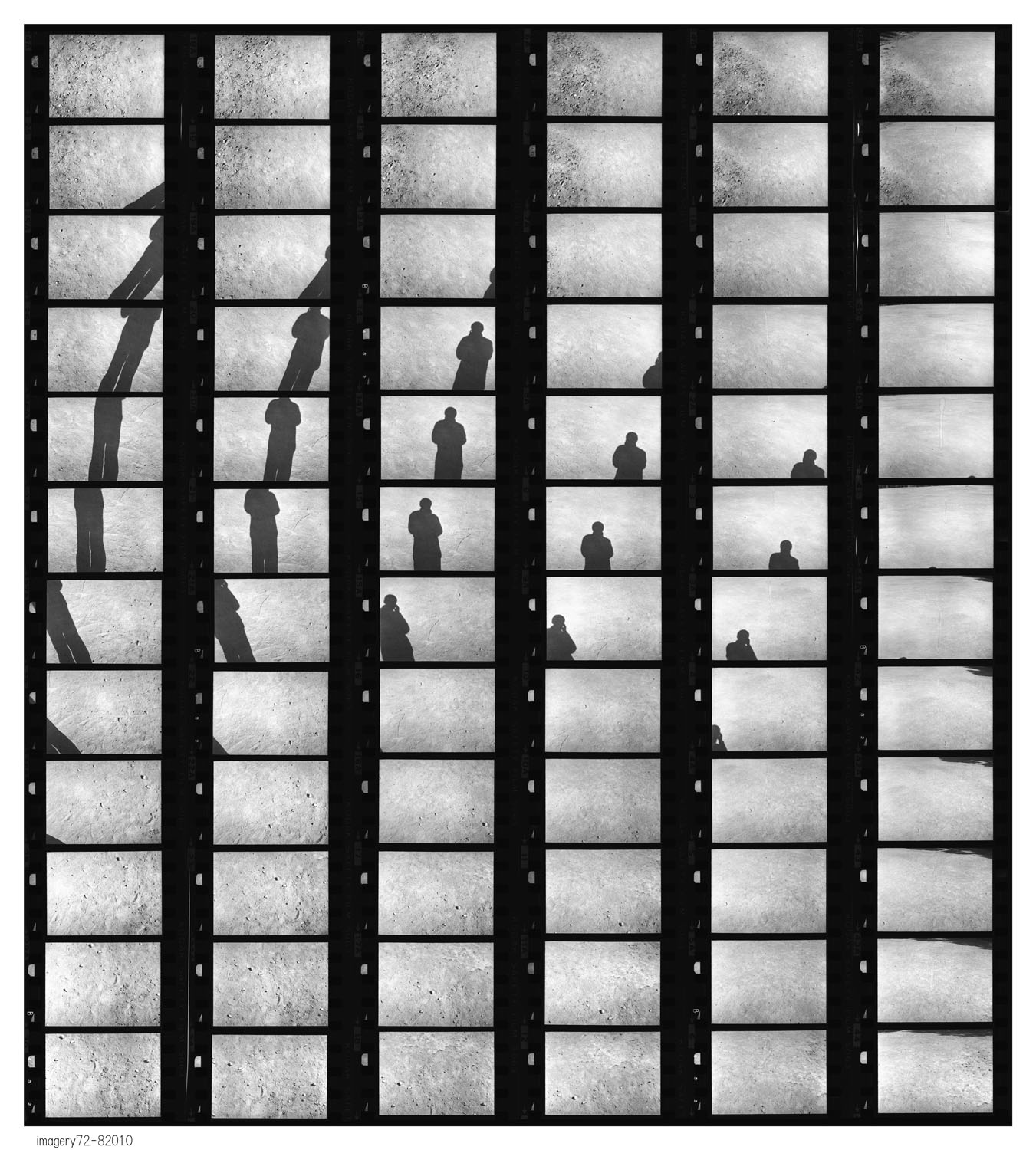
Yoshihiko Ito
b. 1951
ART WEEK TOKYO | NOVEMBER 2–5, 2023
SECTION 10
Prior to the adoption of oil painting on canvas in the 19th century, painting in Japan was highly integrated into architectural interiors. Hanging scrolls were meant to be shown in tokonoma display niches and changed with the seasons. Folding screens, which could be placed in rooms with wood or tatami flooring, served variously as backdrops, partitions, and even temporary walls capable of reflecting light. The sliding, paper-covered fusuma panels dividing one room from another would also be painted, while walls and ceilings provided yet more surfaces for the composition of interior space. Handscrolls were just about the only painting format that did not have an interior design function: These mainly employed a mix of text and figuration to relate old legends or the histories of religious institutions. They were normally kept rolled up and only taken out for the express purpose of viewing.
Both hanging scrolls and handscrolls present themselves as two-dimensional surfaces when unrolled for viewing but become compact three-dimensional objects when rolled up for storage. Folding screens have a kind of thick two-dimensionality (or, rather, simple three-dimensionality) when put away but then form a zig-zag shape when unfolded and stood upright for display. That is, they assume a somewhat complex three-dimensionality.
These traditional painting formats were essentially done on the floor. In the case of wall and ceiling paintings, the artist would lay the paper or wood support down for painting and then mount it in some sort of frame before setting it within the architecture. To that extent, the concept of the flatbed picture plane that Leo Steinberg identified in Robert Rauschenberg’s silkscreens is almost a return to tradition in the context of Japanese painting.
The ability to alter the tilt and dimension of a composition has always been an integral part of the production and appreciation of Japanese painting, though it’s hard to tell how many contemporary Japanese artists are aware of this fact. What we can say is that rather than dealing with problems of two- and three- or even four-dimensionality in the pictorial image, some of the most interesting art happening in Japan right now explores the alterability of tilt and dimension in the painting format itself.